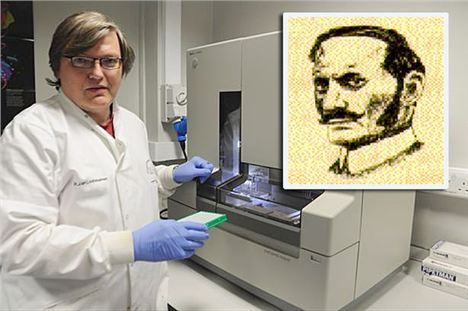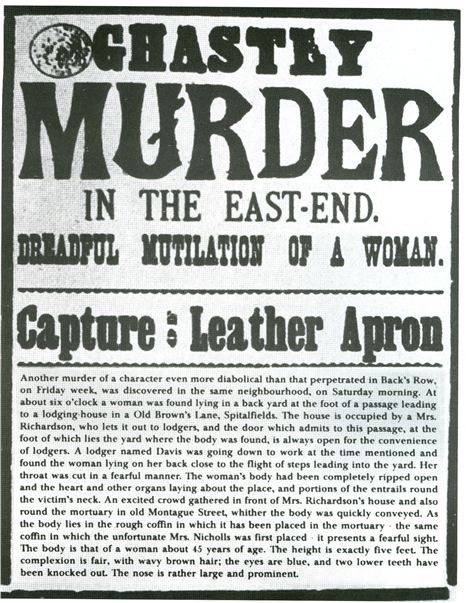A MODERN day Sherlock Holmes and Dr Watson – both from Merseyside – claim to have cracked a crime that for more than 120 years has baffled Scotland Yard.
They say they have unmasked the notorious slayer of London prostitutes, Jack the Ripper.
Birkenhead armchair detective Russell Edwards teamed up with an academic scientist from Liverpool John Moores University, and in true Holmes and Watson tradition unearthed what they are convinced is the truth behind the mystery.
Using a shawl, bought at auction by Edwards and believed to have been worn by Ripper victim Catherine Eddowes, forensic expert Dr Jari Louhelainen, a senior lecturer in molecular biology at LJMU, used mitochondrial DNA to prove Polish migrant Aaron Kosminski, aged 23, was the brutal killer who brought terror to Victorian London.
 Dr Jari Louhelainen, a senior lecturer in molecular biology at JMU, says he has unmasked Saucy Jack (right)
Dr Jari Louhelainen, a senior lecturer in molecular biology at JMU, says he has unmasked Saucy Jack (right)
The forensic work is outlined in a new book, written by property developer Edwards and published this week. As yet the DNA evidence has not been received or examined by independent third parties, leading some critics to doubt its veracity.
Jack the Ripper terrorised the streets of the capital in the 1880s. His victims were female prostitutes who lived and worked in the slums. Usually their throats were cut prior to abdominal mutilations and the removal of internal organs. This fuelled speculation at the time that the killer possessed a working knowledge of anatomical science and surgical procedures.
At least five murders, including that of Eddowes, were linked by detectives to the Ripper, but there could have been more. The crimes, which have spawned dozens of movies and books, have remain unsolved to this day with speculation rife as to who the killer really was.
But for Scotland Yard, Kosminsk, a hairdresser who lived and worked in the notorious Whitechapel area, was always the prime suspect. At one point was placed under surveillance by the police but there was never enough evidence to nail him. A paranoid schizophrenic with multiple psychiatric issues he was commited to an asylum three years after the final murder and remained there until his death in 1919.
In 2011, and back in Liverpool, Dr Louhelainen was able to extract DNA from two sources - blood and semen - from the shawl, found by the body of Eddowes who was brutally butchered on September 30, 1888.
“I was astonished,” said Edwards. “I’d only set out to prove the shawl was genuine and here I was confronted with evidence of the Ripper himself.
Embroidered with Michaelmas daisies, the garment had been bought four years earlier, by Edwards, for an undisclosed sum. The seller was a descendent of a police officer who had taken it home from the crime scene.
The LJMU biologist had been enlisted by Edwards to examine the fabric, sparking a three year scientific analysis and the search for the descendants of Catherine Eddowes and Kosminski.
Louhelainen was able to prove a 100 per cent match that the DNA belonged to Kosminski after an unnamed female descendent of Kosminski's sister was traced, living in UK. The link to Eddowes was confimed after Edwards found a woman called Karen Miller, the three-times great-granddaughter of Eddowes, who also agreed to provide a sample.
“It was an amazing moment,” said Edwards, who reportedly spent £750,000 of his own money in the investigation.“ One of the greatest unsolved crime mysteries of all time has been solved through cutting edge science, historical research and a great deal of determination and good fortune.”
He told reporters he would like the garment to go on show at the Crime Museum.
“I’m not saying how much I paid for it back in 2007, but I dare say it is worth a lot more money now."
*Naming Jack the Ripper will be published as a hardback book by Sidgwick and Jackson on Tuesday.















